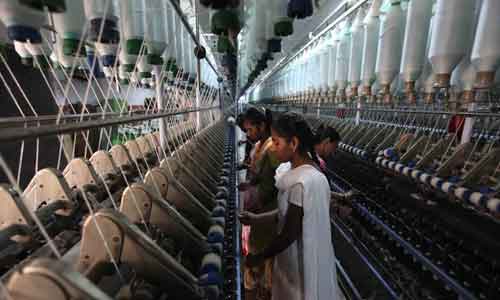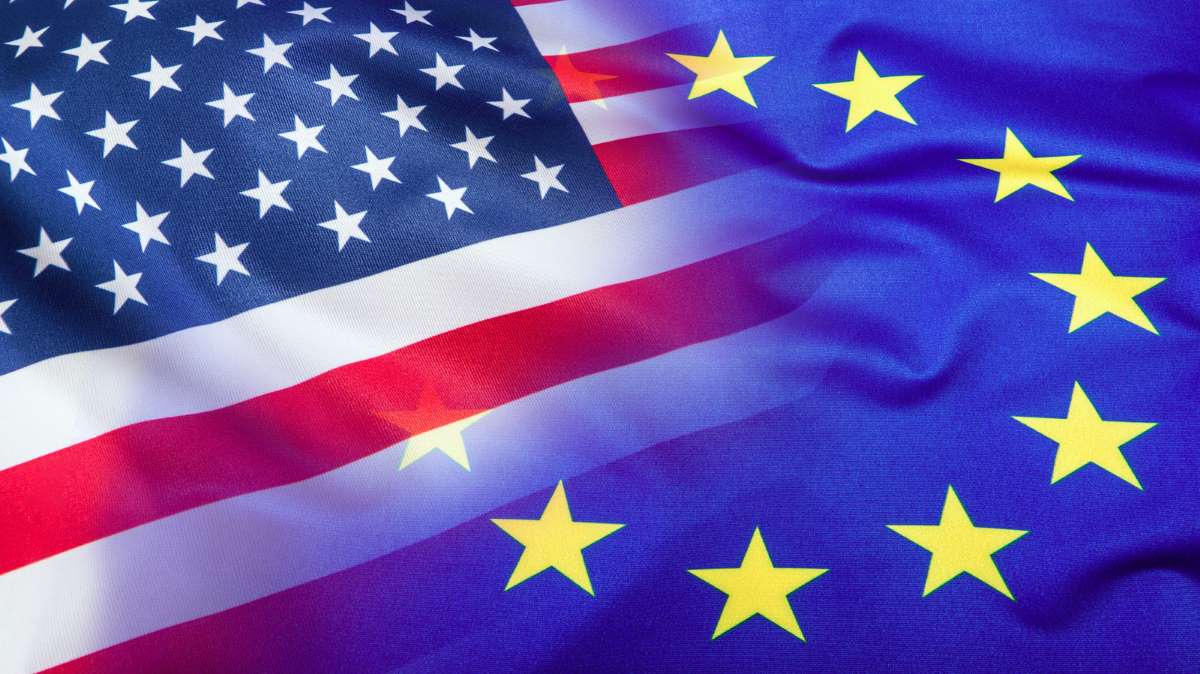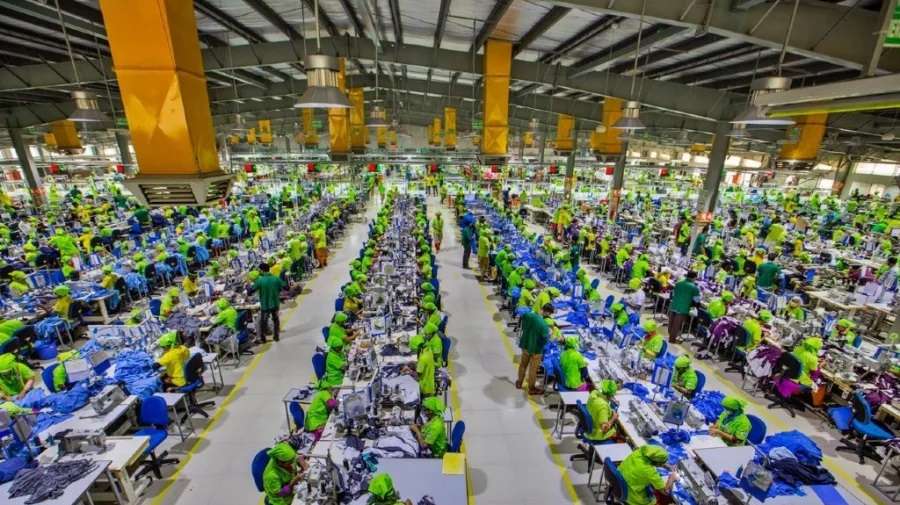"As per latest Apparel Export Promotion Council (AEPC) figures, India’s apparel exports have dropped 17.78 per cent to reach $1.49 billion, with an overall dip of 3.83 per cent to $16.71 billion in 2017-18. At the same time, India’s overall goods exports increased 9.78 per cent to $302.4 billion in April-March 2017-18, but declined 0.6 per cent to $29.11 billion in March 2018. Commenting on the startling figures, HKL Magu, Chairman, AEPC, says the fall has been much more in the case of apparel exports. These figures clearly indicate apparel exports are not only stagnating but also heading towards a recession. Apparel manufacturing registered a decline for the tenth straight month in February."
 As per latest Apparel Export Promotion Council (AEPC) figures, India’s apparel exports have dropped 17.78 per cent to reach $1.49 billion, with an overall dip of 3.83 per cent to $16.71 billion in 2017-18. At the same time, India’s overall goods exports increased 9.78 per cent to $302.4 billion in April-March 2017-18, but declined 0.6 per cent to $29.11 billion in March 2018. Commenting on the startling figures, HKL Magu, Chairman, AEPC, says the fall has been much more in the case of apparel exports. These figures clearly indicate apparel exports are not only stagnating but also heading towards a recession. Apparel manufacturing registered a decline for the tenth straight month in February. He revealed AEPC was working with policymakers for an early resolution of the sector’s problems, including working capital being stuck due to slow GST refund and reduction in drawback rates. The sector currently employs 12.9 million workers but due to the ongoing slide, several clusters have been impacted, Magu points out.
As per latest Apparel Export Promotion Council (AEPC) figures, India’s apparel exports have dropped 17.78 per cent to reach $1.49 billion, with an overall dip of 3.83 per cent to $16.71 billion in 2017-18. At the same time, India’s overall goods exports increased 9.78 per cent to $302.4 billion in April-March 2017-18, but declined 0.6 per cent to $29.11 billion in March 2018. Commenting on the startling figures, HKL Magu, Chairman, AEPC, says the fall has been much more in the case of apparel exports. These figures clearly indicate apparel exports are not only stagnating but also heading towards a recession. Apparel manufacturing registered a decline for the tenth straight month in February. He revealed AEPC was working with policymakers for an early resolution of the sector’s problems, including working capital being stuck due to slow GST refund and reduction in drawback rates. The sector currently employs 12.9 million workers but due to the ongoing slide, several clusters have been impacted, Magu points out.
For the US, subsidies is an issue
The other negative news for Indian apparel industry is, as per latest reports, the US, which is one of the biggest importers of Indian apparel and textiles, is all set to preempt apparel export subsidies after the US had challenged Indian export subsidy programs at the WTO. The US government is contemplating taking India to the World Trade Organisation forum for continued export subsidies in apparel and other sectors. As a counter measure, the Indian government plans to challenge the US contention at WTO, bearing in mind that if the decision of the world body goes against India, it would adversely impact India’s apparel and other key exports to the world. India’s apparel export to the world between April 2017 and January 2018 was $13,783.14 million. In 2010, India crossed the threshold in apparel and textiles sector by attaining a 3.25 per cent export slot in the global export market, reflecting India’s export competitiveness in the sector.
importers of Indian apparel and textiles, is all set to preempt apparel export subsidies after the US had challenged Indian export subsidy programs at the WTO. The US government is contemplating taking India to the World Trade Organisation forum for continued export subsidies in apparel and other sectors. As a counter measure, the Indian government plans to challenge the US contention at WTO, bearing in mind that if the decision of the world body goes against India, it would adversely impact India’s apparel and other key exports to the world. India’s apparel export to the world between April 2017 and January 2018 was $13,783.14 million. In 2010, India crossed the threshold in apparel and textiles sector by attaining a 3.25 per cent export slot in the global export market, reflecting India’s export competitiveness in the sector.
As per the provisions, once the threshold is crossed, the country gets an eight year reprieve to phase out subsidies. The extension is about to get over by the end of this year. According to WTO norms, subsidies can be non-actionable or prohibited as stipulated by the Subsidies and Countervailing Measures (SCM) agreement. Specifically, subsidies that are prohibited include the ones given to a firm or industry as in the case of apparel and textiles. The SEZ policy and the MEIS scheme which are applicable to the textiles and apparel industry come under this prohibited category. As per SCM norms, WTO member countries can take remedial action against India for such schemes and policies. In short, if India fails to curb the subsidies mentioned under the prohibited list to the apparel and textiles industry within the stipulated eight year period, member countries can refer the issue to the Dispute Settlement Board of the WTO. In this case, the US being the complainant, has the options of imposing countervailing duty on imports from India, which will result in Indian exporters losing competitiveness in the US textiles and apparel market. If that happens, the ultimate beneficiaries will be Bangladesh, Taiwan and Vietnam.
Trump Administration’s new Generalised System of Preferences (GSP) country eligibility assessment process outlined in October 2017, and GSP country eligibility petition imply for India, the GSP country eligibility review is based on concerns related to its compliance with the GSP market access criterion. India has implemented a wide array of trade barriers that create serious negative effects on the US commerce. The acceptance of these petitions and GSP self initiated review will result in one overall review of India’s compliance with the GSP market access criterion, the USTR statement said.












